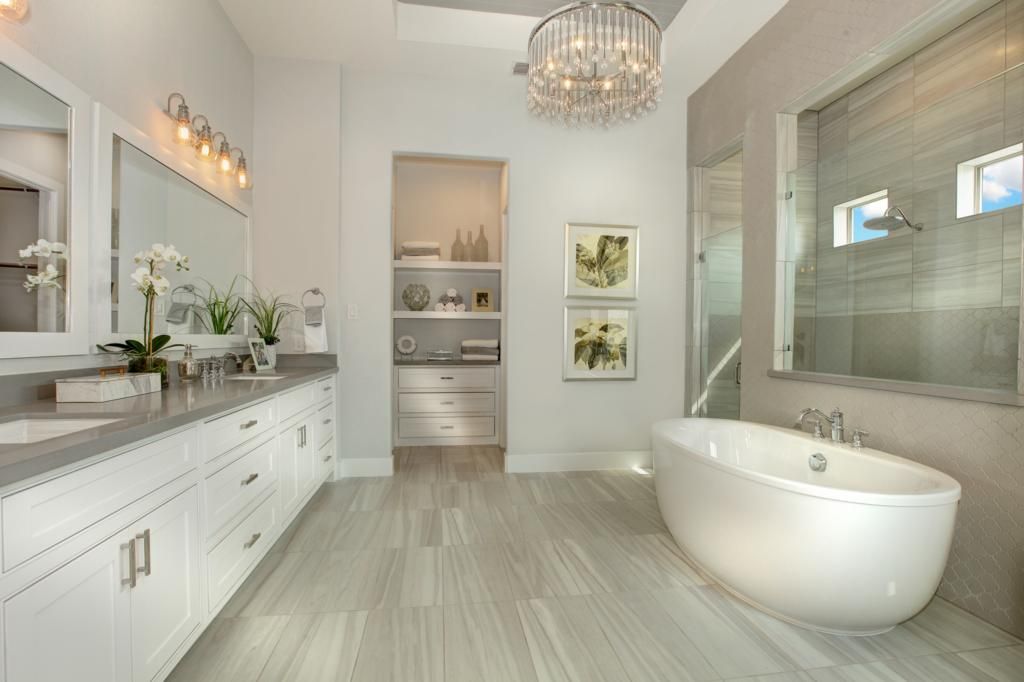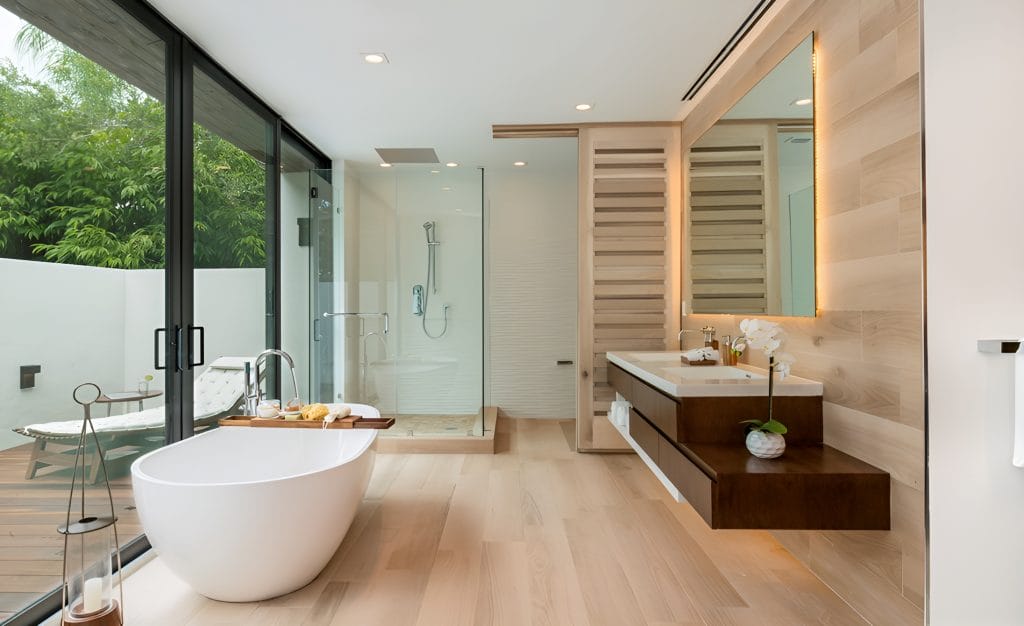In the ever-evolving world of technology, the integration of smart solutions into our daily lives is not just a luxury but a necessity. This is particularly true when it comes to bathroom tech for accessibility. As our understanding of inclusivity grows, so does the need for innovative solutions that cater to individuals with diverse needs. From smart showers to automated toilets, the quest for making bathrooms more accessible is reshaping the industry.
For Industry QA professionals, understanding the nuances of these technologies is crucial. Not only do they need to ensure the functionality and safety of these devices, but they also have to guarantee that these innovations meet the highest standards of quality and compliance.

The Rise of Smart Bathrooms
Smart bathrooms are no longer just a futuristic concept. They are an integral part of modern-day accessibility solutions. With the advent of the Internet of Things (IoT), bathrooms are becoming more connected and intelligent. The incorporation of smart bathroom cleaning tools [https://dripx.io/blogs/our-insights/smart-bathroom-cleaning-tools] has also made maintenance easier, promoting hygiene and efficiency.
Innovative solutions such as touchless faucets, smart mirrors, and voice-activated controls are not only enhancing user experience but also ensuring that bathrooms are accessible to everyone, regardless of their physical abilities. The integration of these technologies is a testament to how far we have come in making daily routines more inclusive.
Automated Bathroom Systems
One of the most significant advancements in bathroom tech for accessibility is the rise of automated systems. These systems are designed to cater to individuals with limited mobility, providing them with the independence and dignity they deserve. From automated toilets that adjust to the user's height to shower systems that can be controlled via a smartphone, the possibilities are endless. Industry QA professionals are tasked with ensuring that these systems are not only functional but also safe and reliable.
For more insights on automated bathroom systems, check out [https://dripx.io/blogs/our-insights/automated-bathroom-systems].
The Importance of Water Efficiency
While accessibility is a primary concern, water efficiency is another critical aspect that cannot be overlooked. With growing environmental concerns, the industry is moving towards solutions that not only cater to accessibility but also promote sustainability. Water-efficient fixtures are becoming a staple in modern bathrooms, ensuring that we conserve water while maintaining functionality.
For a deeper understanding of the benefits of water-efficient bathroom fixtures, explore [https://dripx.io/blogs/our-insights/benefits-of-water-efficient-bathroom-fixtures].
Smart Showers and Toilets
Smart showers and toilets are at the forefront of bathroom tech innovations. These devices are equipped with features such as temperature control, water pressure adjustment, and even music playback. For individuals with disabilities, these features are more than just conveniences; they are essential for ensuring safety and comfort.
Learn more about the latest in smart shower heads at [https://dripx.io/blogs/our-insights/top-smart-shower-heads].
Ensuring Quality and Safety
For Industry QA professionals, the challenge lies in ensuring that all these innovations meet the highest standards of quality and safety. Rigorous testing and compliance are necessary to ensure that these devices are safe for use by individuals with varying needs. The process of testing water-saving toilets, for example, is a complex one that requires attention to detail and a commitment to excellence.
Delve into the intricacies of how water-saving toilets are tested [https://dripx.io/blogs/our-insights/how-water-saving-toilets-are-tested].
Designing for Inclusivity
Designing for accessibility is not just about technology; it's about creating an environment that is welcoming and inclusive. The role of design in making bathrooms accessible cannot be overstated. From wider doorways to non-slip flooring, every aspect of the bathroom must be considered to ensure that it is accessible to all.
For insights into modern bathroom designs that prioritize accessibility, check out [https://www.duravit.com/en-en/planning-inspiration/magazine/ideas-design/bathroom-ideas].
Conclusion
The future of bathroom tech for accessibility is bright, with continuous advancements making it easier for individuals with disabilities to lead independent lives. For Industry QA professionals, staying updated with the latest trends and technologies is essential. As we move towards a more inclusive society, the role of technology in shaping accessible environments will only continue to grow.

FAQs
What is bathroom tech for accessibility?
Bathroom tech for accessibility refers to the integration of smart technologies and design solutions in bathrooms to make them more accessible to individuals with disabilities or limited mobility. This includes automated systems, smart showers, and water-efficient fixtures.
How do smart showers benefit people with disabilities?
Smart showers offer features such as temperature control, water pressure adjustment, and voice activation, making them easier and safer to use for individuals with disabilities. These features enhance comfort and independence.
Why is water efficiency important in bathroom tech?
Water efficiency is crucial in bathroom tech as it helps conserve water resources while maintaining functionality. With environmental concerns on the rise, incorporating water-efficient solutions is essential for sustainable living.






